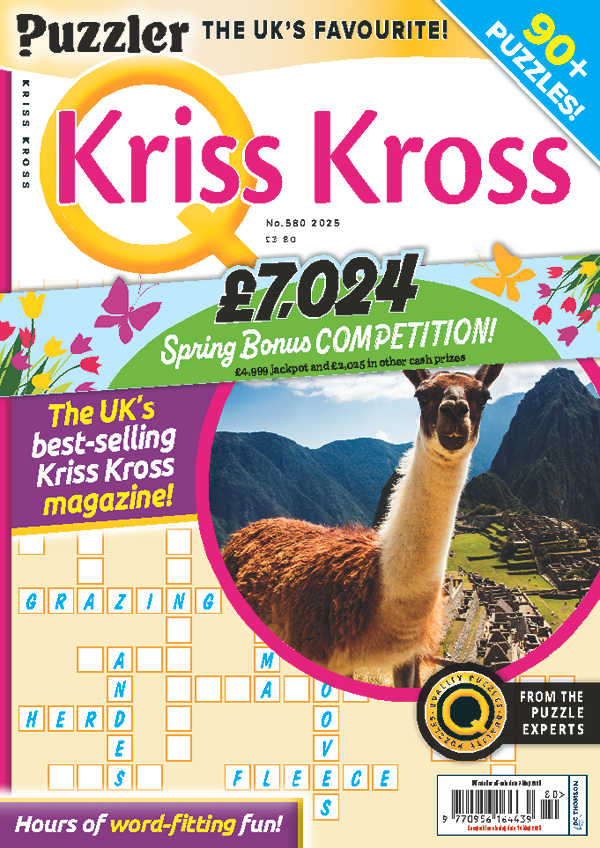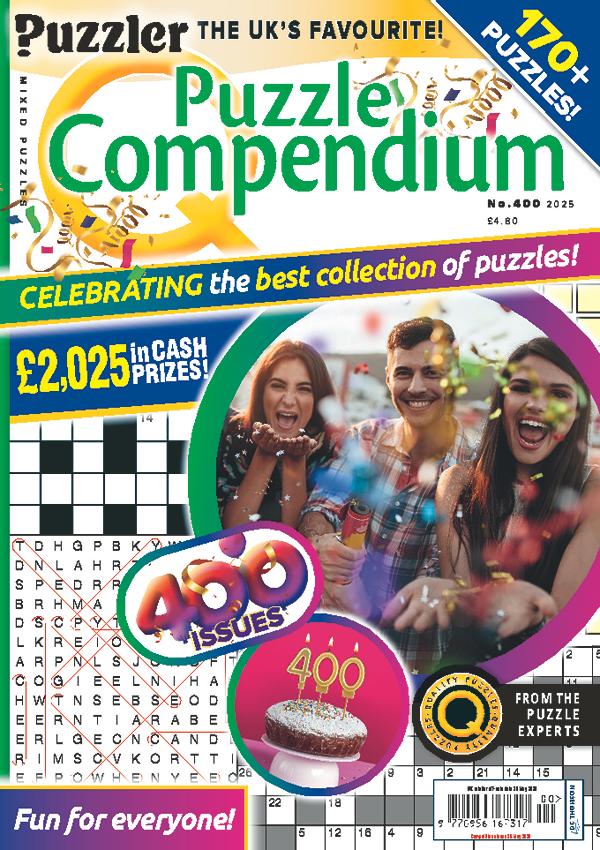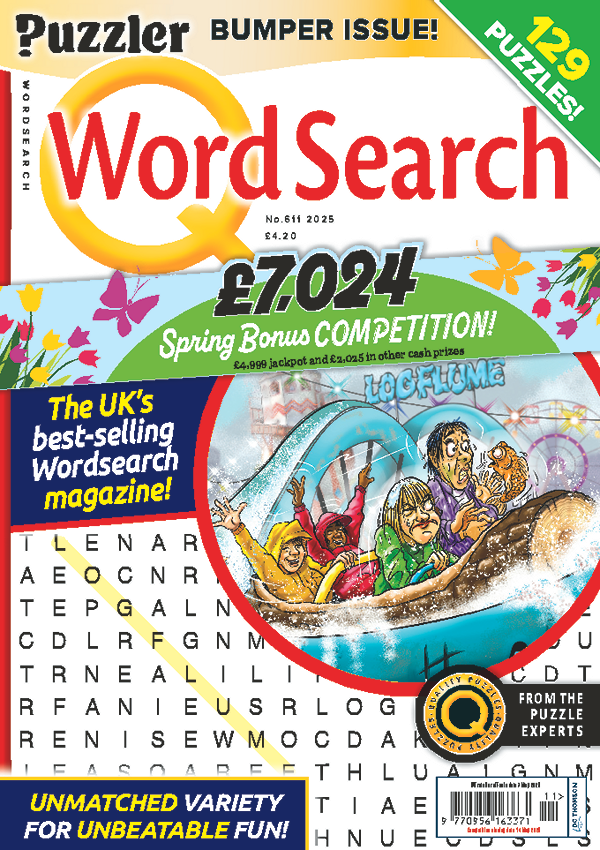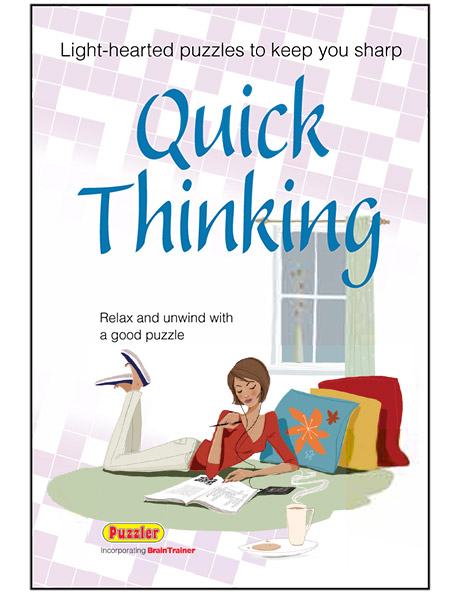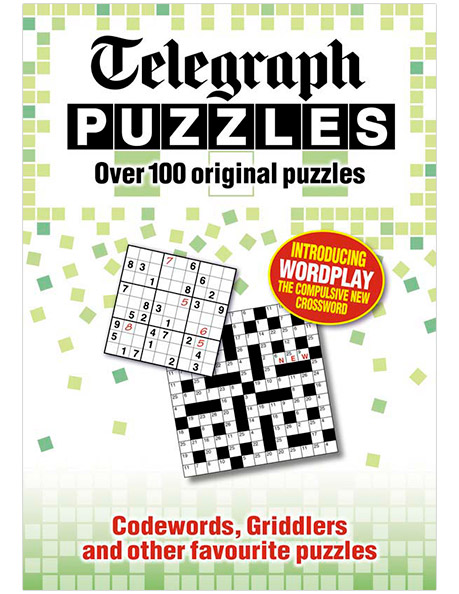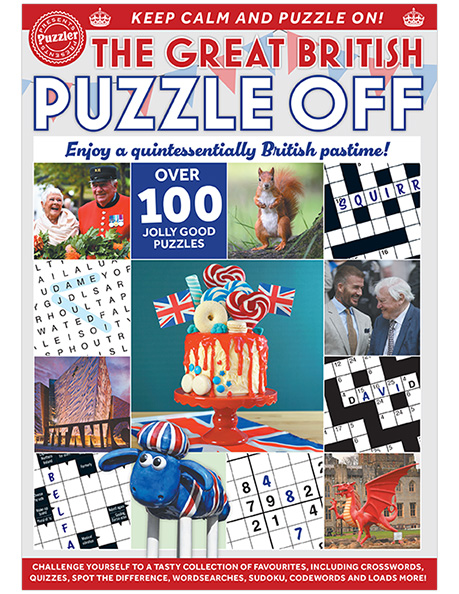Arroword
Also Known As:
Arrowword, Autodefinidos, Cluewords, Crozzle, Mots Fléchés, Point It, Pointers, Scandinavian Crossword, Swedish Crossword, Tipword
This, the most popular puzzle in many European countries, is often described as a Swedish-style crossword, or a Scandinavian crossword, because the puzzle is said to have originated in that region.
The elegance of the puzzle lies in its simplicity. The grid contains its own clues, and can also accommodate inset photos and shaded squares for spell-out answers. It needs no wordy explanation or clue numbers, and involves no cross-referring from grid to clues.
An arroword grid is similar to a crossword in that conventionally, solutions to clues can be entered in two directions: across, from left to right; and down, from top to bottom. (Some compilers design puzzles where answers can also be entered across, from right to left; and up, from the bottom to the top — but such puzzles tend to appear messy or contrived.)
Clue boxes replace the black squares of the crossword, so all clues are contained in the grid. The grid cells must be larger in scale than those of a crossword, so that clues can be accommodated at a reasonable (ie, readable) size.
The grids are not symmetrical (there is not a symmetrical arrangement of clue boxes) but they are very open — which is compiler-speak, meaning there is a great deal of intersection of answer letters. This level of intersection makes puzzles difficult to compile without the deployment of a preponderance of unusual or rare words, abbreviations, acronyms, plurals and other undesirables. A skilful compiler is able to create puzzles without having to resort to such obscurities. The high degree of intersection makes arrowords easier to solve, since most of the letters of one answer are likely to form part of (and thus give a clue to) other answers.
Clue boxes are fairly small and this means clues for arrowords must be concise. For this reason, most arrowords do not contain complex or cryptic clues. Clue boxes can be split so they contain two clues (one for an across answer and one for a down answer) but a split clue-box often forces the compiler to use very short clues that can be imprecise so, where possible, they are avoided.
In certain European countries, and particularly in Scandinavia, a range of devices, including puns, other kinds of wordplay, and quirky pictures, is deployed to make the puzzles more challenging.
Also contributing to the quality of the clues is the typeface used. We've spent an unhealthy amount of time experimenting with and customising typefaces so that we can get as much text into our clues as possible, without compromising their clarity.
Arrowords appear in many women's weeklies in the UK, but are not often seen in the national press, probably due to space constraints.
Instructions
Clues are set in the grid. Arrows indicate where the answers go.
Related Puzzles
Arrow Cracker Crossword HoneycombFeatured In
Related Products

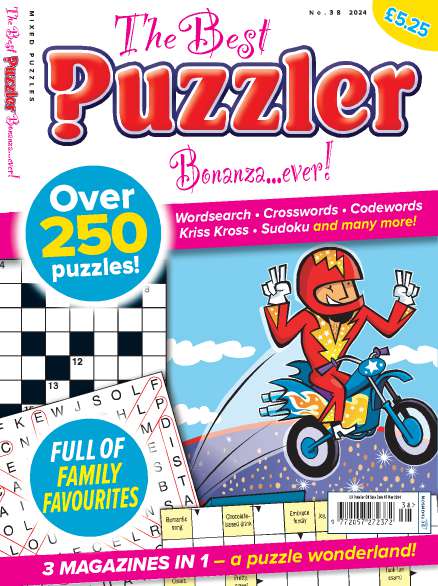


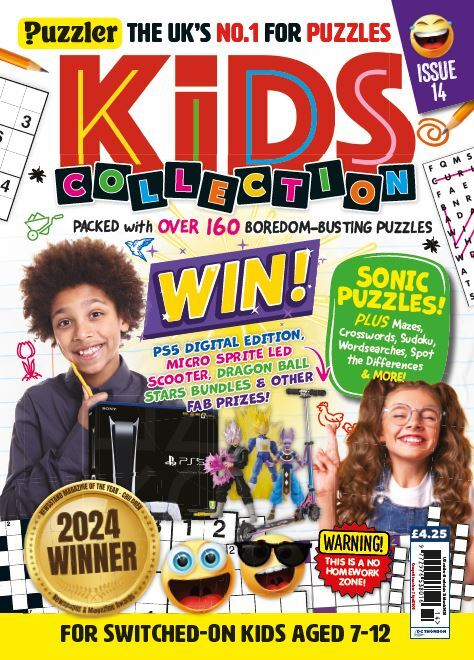
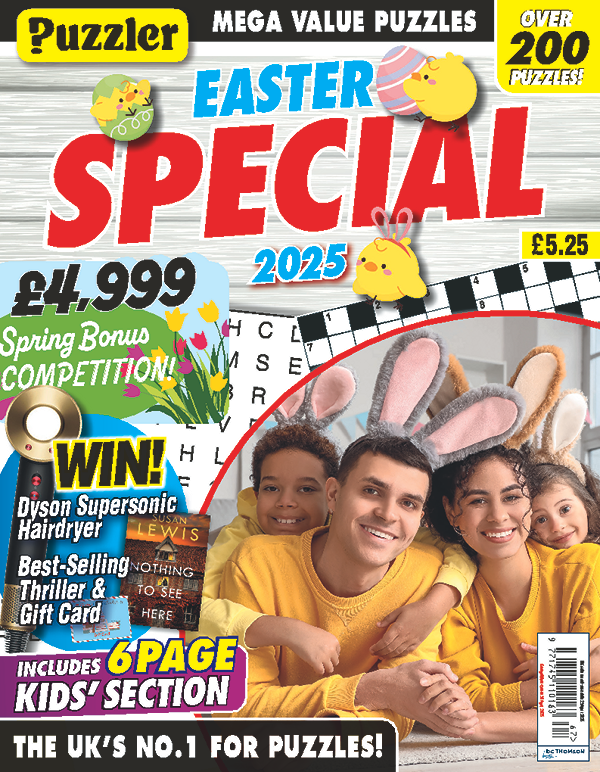

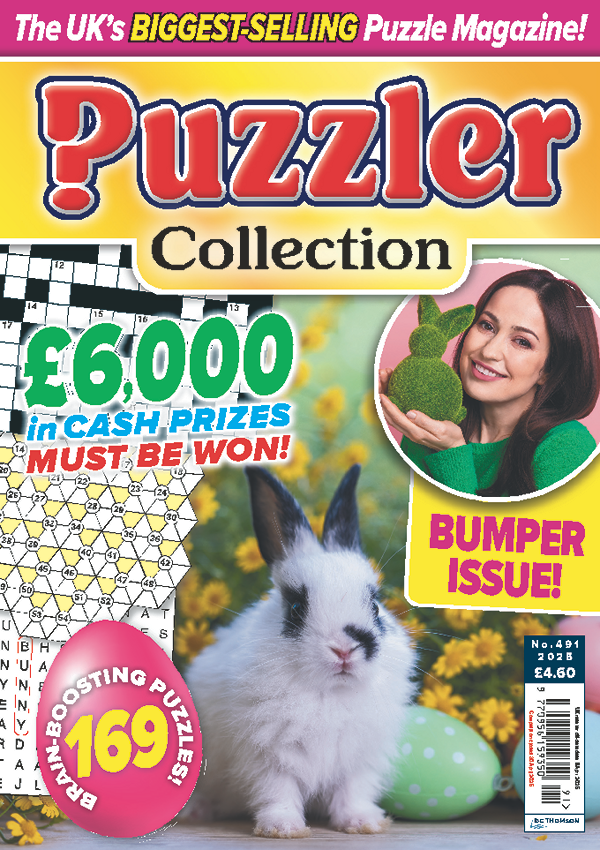
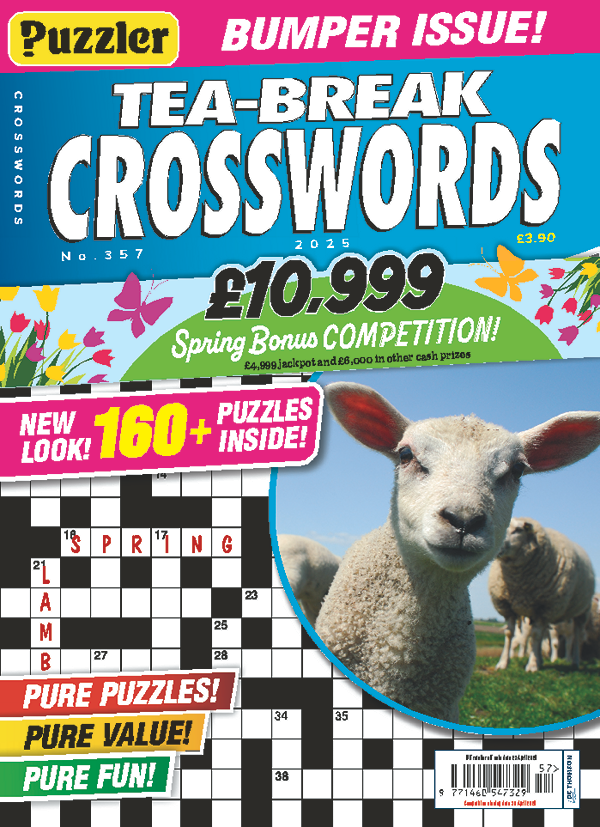
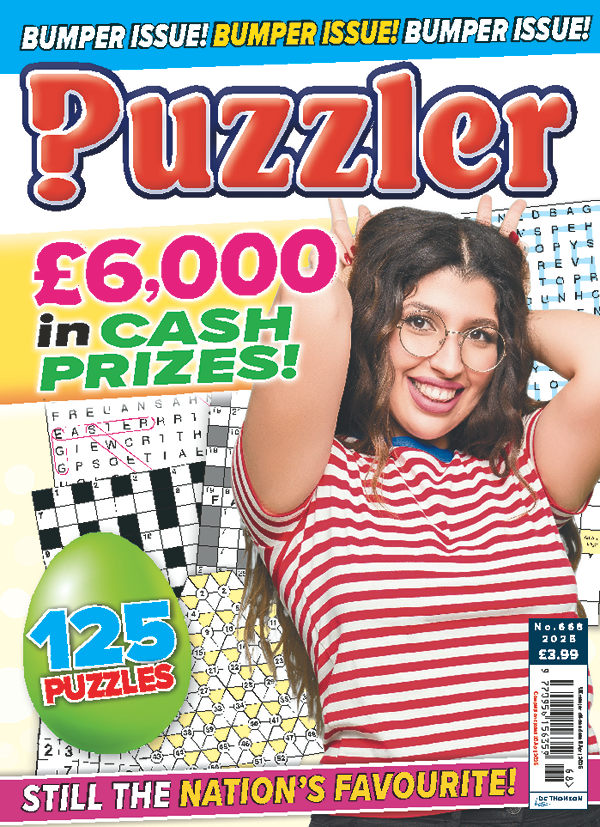
%20may%202024%20on/subs%20product%20pages/Puzzler-Wordsearch-Magazine-subscription-(aug).png)
